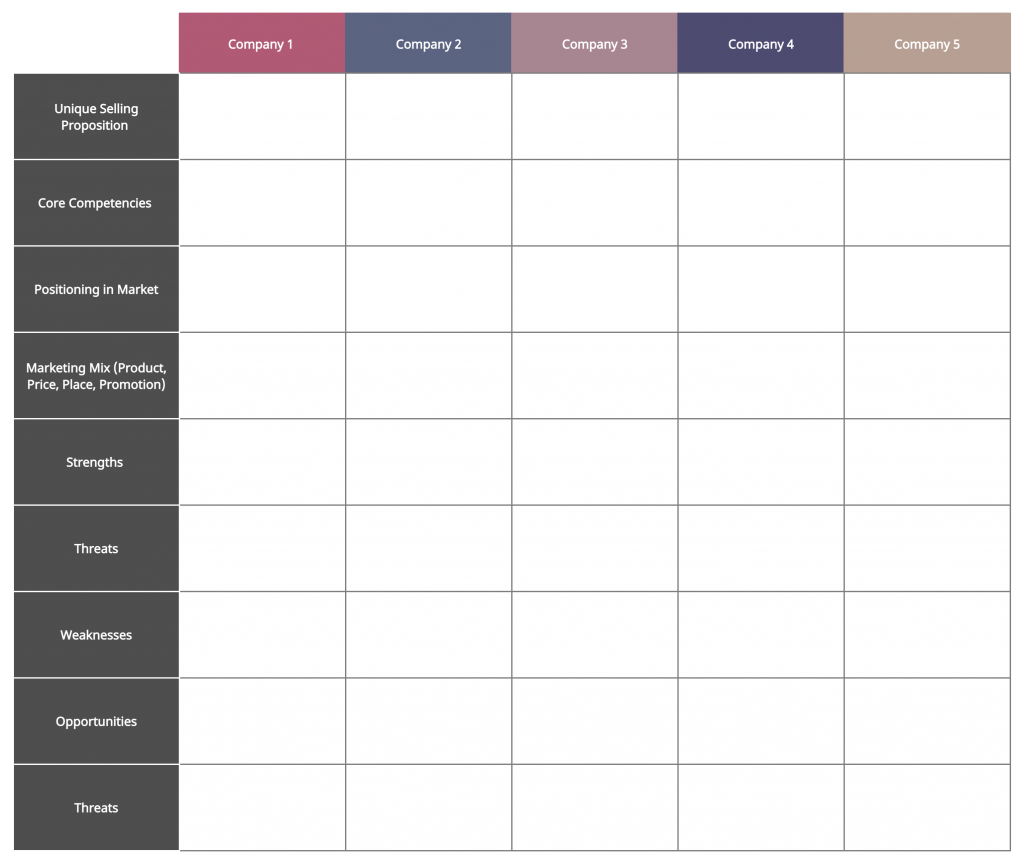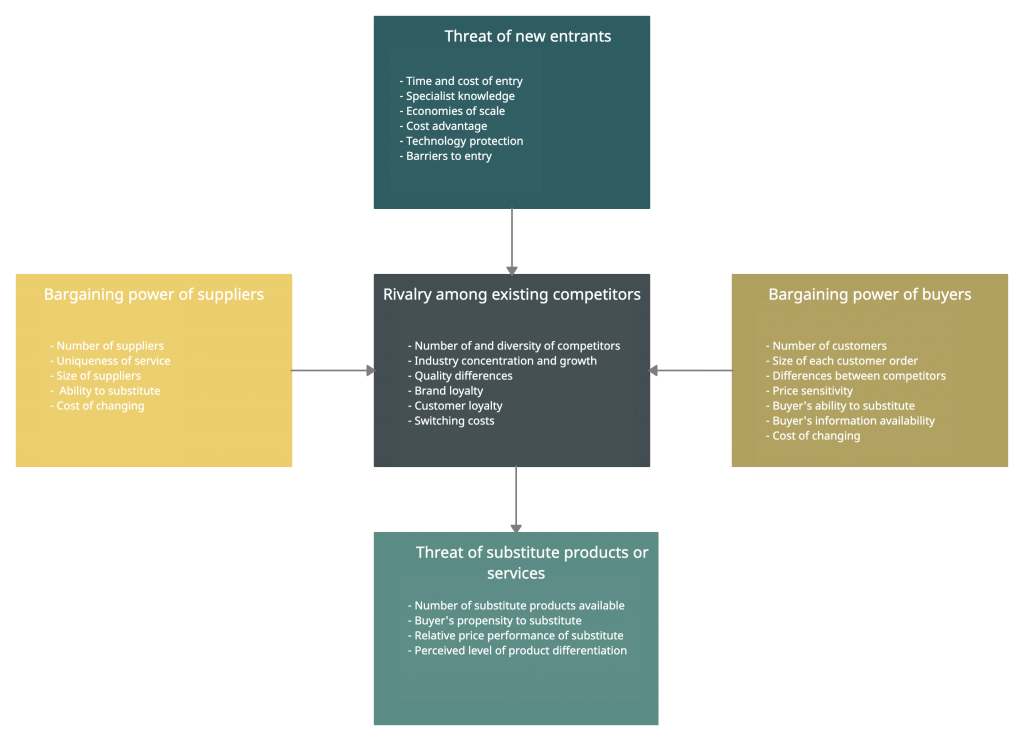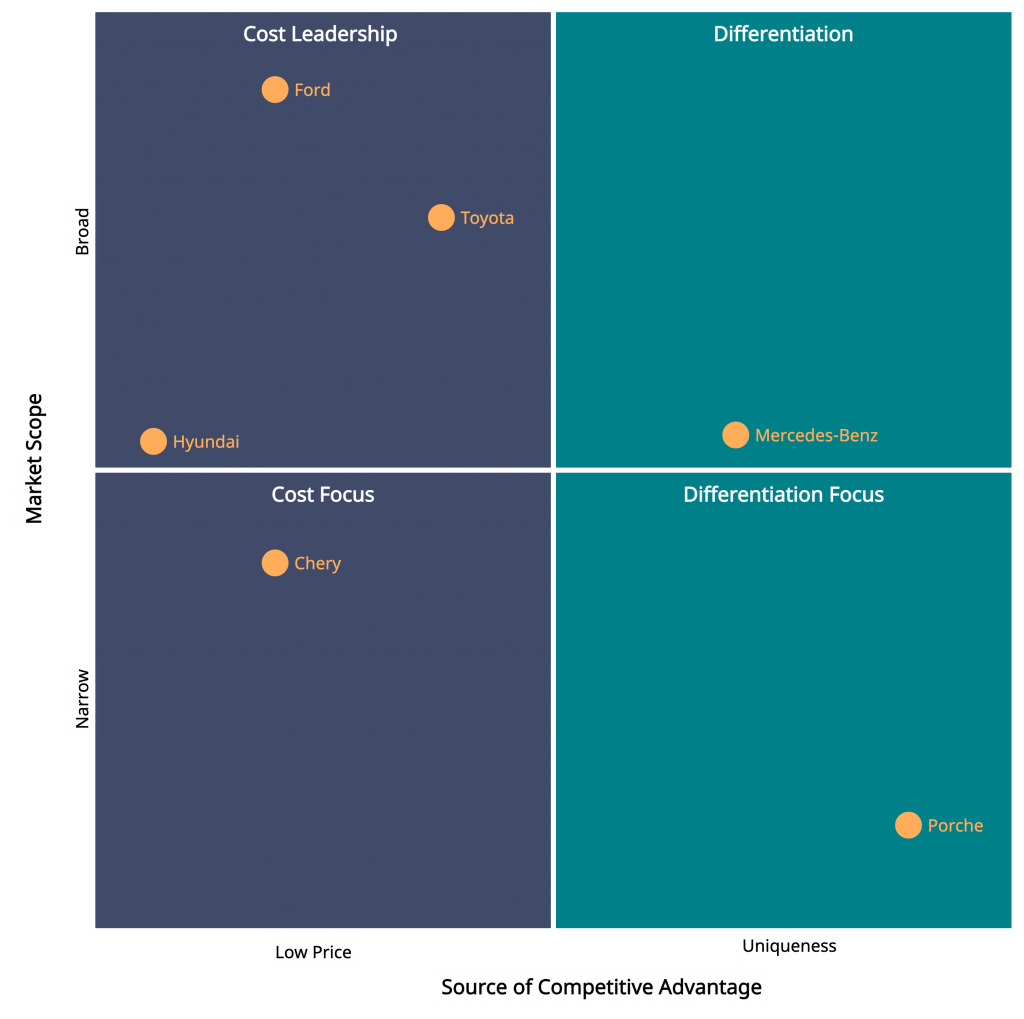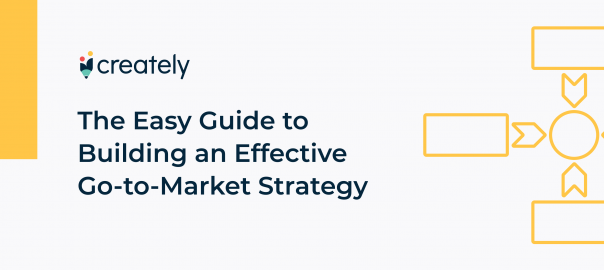Competitive advantage is at the core of an organization’s performance in markets where there is heavy competition. It sets an organization apart from its competitors and paves the way for higher profit margins, greater return on assets, and accumulating valuable resources.
There are many ways to achieve a competitive advantage but only two basic types of it. In this post, we will be looking at the concept of competitive advantage and the steps an organization can follow to achieve and sustain competitive advantage through cost advantage and differentiation.
What is Competitive Advantage
Competitive advantage stems from the value an organization is able to create for its customers. It can come in the form of prices lower than what is offered by competitors for the same benefits or in the form of unique benefits that counterbalance a higher price. In the end, the value created for the customer should exceed the organization’s cost of creating it in the first place.
This creates a sustainable advantage allowing them to succeed in the market.
According to Michael Porter, there are two types of competitive advantage;
- Low cost – where an organization is able to produce its products at a lower cost than its competitors.
- Differentiation – where an organization is able to differentiate its products or service in terms of quality, style, customer service, etc. hence creating superior value to the customers over the competition.
Cost advantage and differentiation stems from industry structure or how well it can cope with the industry forces that influence its profitability (as introduced in Michael Porter’s five forces model) better than its competition.
How to Create and Sustain Competitive Advantage
Creating a sustainable competitive advantage is a laborious process that needs to be continuously attended to. Adhere to the following steps to ensure you get and remain ahead of the field.
Analyze Competitors
To successfully compete in an industry, an organization needs to understand its competitive landscape. This means gathering and analyzing information on competitor strengths, weaknesses, strategies, positioning, value proposition, customer perception, and more.
Equipped with this knowledge, the right strategy can then be developed to achieve a sustainable competitive advantage.

Learn more about conducting a competitive analysis.
Map Competitors into Strategic Groups
A business mainly competes against other businesses that offer similar products or services and follow the same generic competitive strategy. Such businesses that follow the same competitive strategy in an industry belong to the same strategic group. Identifying the other businesses that fall into the same strategic group as it does, is important to an organization in terms of developing a strategy to achieve competitive advantage.

Learn more about mapping strategic groups.
Assess the Most Attractive Position in the Industry
Based on your strategic group analysis, you now know who your direct rivals are and where they stand. Next, you should articulate your position in the industry to succeed in the marketplace. Defining your competitive positioning will help identify areas of opportunity for your business.
Michael Porter’s five forces analysis helps assess and evaluate the competitive strength and position of an organization. Porter’s five forces model helps organizations understand the intensity of competition in an industry, its attractiveness, and profitability level. It helps identify where power lies in a business situation and hence assess the strength of an organization’s current competitive position and the strength of a position that an organization may look to move into.
The five forces include,

- The entry of new competitors
- The threat of new substitutes
- The bargaining power of buyers
- The bargaining power of suppliers
- The rivalry among the existing competitors
Three Generic Strategies for Achieving Competitive Advantage by Michael Porter
An organization’s relative position in an industry decides whether its profitability is above or below the industry average. Even within an industry structure that is unfavorable, a well-positioned organization may earn high rates of return.
Michael Porter introduces three generic strategies for achieving above-average performance in an industry and thus creating a competitive advantage. Generic strategies include cost leadership, differentiation, and focus which is divided into cost focus and differentiation focus.
The idea behind the concept of generic strategies is that competitive advantage is at the core of any strategy. And in order to achieve a competitive advantage, the organization must make a choice about the type of competitive advantage it wants to attain and the scope within which it will attain it.
Each of the generic strategies highlights different methods competitive advantage can be achieved.

Cost leadership
An organization adhering to this strategy aims to become the low-cost producer in its industry. The sources of cost advantage vary here from industry to industry, and may include proprietary technology, preferential access to raw material, increased individual skills, improved organizational routines, location advantages, managerial effectiveness, and more.
A low-cost producer must find and exploit all these sources of cost advantage. An organization that can achieve and sustain overall cost leadership, can become an above-average performer in its industry given that it can command prices at or near the industry average.
By offering their products or services for a similar or lower price than their competitors, organizations following this strategy can maintain a low-cost position in their industry which will, in turn, increase their return.
A cost leader however needs to consider the bases of differentiation, for if the product is not perceived as comparable or acceptable by its buyers, it will be forced to reduce prices well below its competitors to gain sales. This will in turn reverse the benefits of its favorable cost position.
Differentiation
An organization that follows this strategy aims to become unique in its industry along certain dimensions that are highly valued by buyers. In this strategy, the organization selects specific attributes that are considered important by its buyers and uniquely positions itself to meet those needs. It is then rewarded for its uniqueness with premium prices.
An organization can achieve differentiation through the product itself (quality, price, durability), its delivery system, marketing approach, customer service, and many other factors. The logic behind the differentiation strategy requires that the attributes an organization chooses to differentiate itself should be different from the attributes used by its rivals.
An organization that can achieve and sustain differentiation can be an above-average performer in its industry if the premium price they offer can offset the extra costs spent for being unique. An organization aiming to become a differentiator therefore should adhere to ways of differentiating that lead to a price premium greater than the cost of differentiating.
A differentiator shouldn’t ignore its cost position for there’s a chance of its premium prices being nullified by the inferior cost position of competitors. To overcome this, a differentiator can reduce costs in all areas that don’t affect differentiation.
Focus
An organization following this strategy selects a segment of the industry and tailors its strategy to cater specifically to them while excluding the rest of the market. By optimizing its strategy for a selected group of customers, the focuser aims to achieve a competitive advantage in its target segment although it cannot achieve an overall competitive advantage.
The focus strategy has two variants;
Cost focus: here, the organization seeks a cost advantage in its target segment by exploiting its cost behavior
Differentiation Focus: here, the organization seeks differentiation in its target segment by exploiting the special needs of the buyers
How to Measure and Analyze Competitive Advantage
The value chain model by Michale Porter can be used as a tool to diagnose competitive advantage and find ways to improve it. The value chain divides an organization into the distinct activities it performs in designing, producing, marketing, and distributing its products and helps identify the linkages among the activities that are central to achieving competitive advantage.
Porter’s value chain model divides these activities into two categories,

- Primary activities are the activities involved in the physical creation of the product, its sale and transfer to the buyers, and after-sale assistance.
- Support activities; these are the activities that support the primary activities and each other by providing purchased inputs, technology, human resources, and various organization-wide functions.
The value chain analysis helps understand the activities that are most valuable and should be optimized to achieve competitive advantage.The firm can then optimize the primary activities that account for the greatest share of production costs and increase profit margins. The analysis can also reveal the support activities that could use more spending to generate better value.
Analyzing competitive advantage
Here’s how to analyze your organization’s value chain based on how you want to develop a competitive advantage (cost leadership or differentiation).
Cost leadership
In order to reduce the cost of internal business activities,
- First, identify the primary and support activities involved in developing and delivering products and services.
- Determine the importance of each activity in terms of production cost. Those activities that consume a large percentage of the total cost of production should be addressed first.
- Identify the cost drivers behind each activity by analyzing how they use the company resources.
- Map out the connections between the activities to better understand the roles each plays in the overall value chain. This will allow you to detect problems such as how reducing the cost of one activity would cause the cost of a linked activity to increase.
- Now that you have understood the cost drivers and the inefficient processes in the value chain, you can make informed decisions on how to improve them and reduce production cost.
Differentiation
An organization following a differentiation strategy can effectively create more value for the buyer by adding product features and improving customer satisfaction by following the steps below.
- Identify the activities in the value chain that contribute the most to creating customer value.
- Evaluate the differentiation strategies for improving customer value. Strategies like adding more product features, improving customer service and responsiveness, and offering complementary products can be used to increase product differentiation and product value.
- Identify the best sustainable differentiation. Creating superior differentiation and customer value requires the use of many interrelated activities and strategies. Use the best combination of them to pursue a sustainable differentiation advantage.
Now It’s Your Turn to Develop a Competitive Advantage Strategy
To gain a competitive advantage is to attract more customers, make more profit, return more value to shareholders than rival organizations do. A company can effectively gain a competitive advantage in one of two ways; by reducing its own costs and by adding more value to its products or services hence differentiating itself from competitors.
We hope this post will assist you in developing your own strategy to achieve a sustainable competitive advantage. Got anything to add? Let us know in the comments below.




